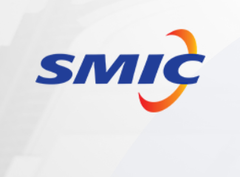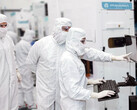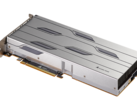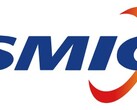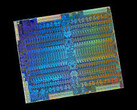China has lately been very focused on cutting most of its ties with the Western world, and one of the domestic sides benefiting now from massive investments is the IT&C sector, including the semiconductor production facilities. There already are a few notable foundries in China, but production capacities and miniaturization is not really on par with big players like TSMC, Samsung and GlobalFoundries. Still, the Chinese foundries are catching up at an ever increasing rate, as the Semiconductor Manufacturing International Corp. (SMIC) recently announced a major breakthrough with the first 7 nm chips taping out through its new N+1 nodes.
These chips were ordered by Chinese crypto currency mining ASIC maker Innosilicon, which claims it has invested heavily (millions of US$) in the optimization of the N+1 nodes since 2019. It is still unclear if the chips are test samples or models ready for commercialization, yet Innosilicon specified that all chips went through multiple testing procedures in the past few months and cleared all function tests in one pass. While SMIC may be able to soon mass produce 7 nm chips for the Chinese markets, it might not be able to request upgraded production tools from outside China, since the company has been included on the U.S. Department of Commerce banned Entity List.
When it comes to improvements over the 12 nm nodes, SMIC states that the new N+1 process can offer up to 20% boosted performance at the same clocks and core complexity, while the power requirements can be reduced by 57% at the same TDP and complexity, and the transistor density can be increased by 2.7 times, but not for all structures. This puts scalability and power consumption on par with GloFo’s 12 LP+, Samsung’s 8LPP and TSMC’s N7 non-EUV nodes, but the performance boost is sub-par, which is why SMIC only targets low-power and low-cost devices with the N+1 nodes.
SMIC is currently accounting for 19% of the Chinese chip production. TSMC, on the other hand, still produces 55% of all Chinese orders, and SMIC will attempt to reduce this share in the coming years. This will probably be a difficult task for SMIC, as the U.S. is currently restricting its access to upgraded production tools. Additionally, there is still some controversy surrounding possible patent thefts that have allowed SMIC to accelerate its miniaturization process. Nevertheless, SMIC is still able to get the DUV scanners from Dutch company ASML without restrictions, and this is crucial for the Chinese foundries.




